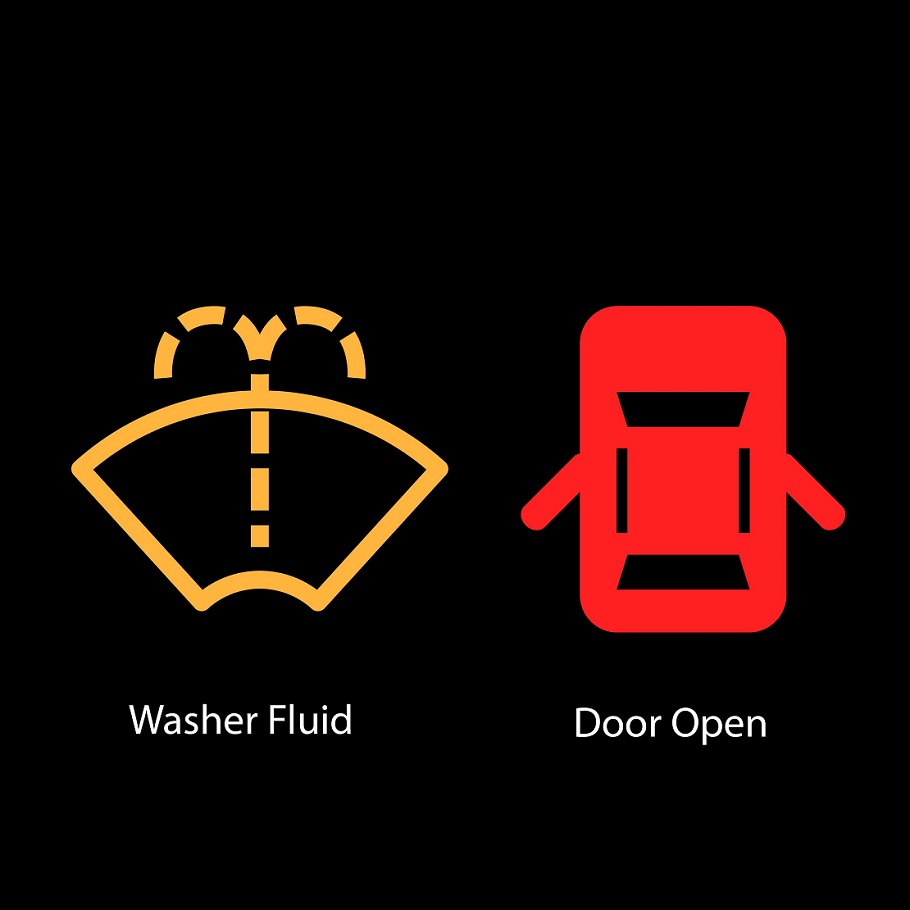When you come across a dashboard light that resembles squiggly lines, it’s essential to pay immediate attention. This indicator plays a crucial role in vehicle safety, performance, and efficiency. In this article, we will explore the significance of the squiggly lines light, its functions, and what steps you should take if you see it illuminated.
What Does the Squiggly Lines Light Mean?
Identifying the Symbol
The squiggly lines light is often referred to as the traction control or Electronic Stability Control (ESC) light. The symbol typically resembles wavy lines or squiggles, and it may be accompanied by the words “TRAC” or “ESC.” This symbol could appear in different colors: amber usually indicates a warning, while red signifies a more serious issue requiring immediate attention.
Purpose of the Light
The primary purpose of the squiggly lines light is to alert the driver about the status of their vehicle’s traction control and stability systems. These systems help maintain optimal grip on the road, especially in adverse weather conditions, such as rain, snow, or ice. Though modern cars come equipped with these advanced systems, they rely heavily on sensors to function effectively. When the squiggly lines light turns on, it could indicate one of several issues affecting these systems.
Common Causes of the Squiggly Lines Light Activation
Sensor Issues
One of the most frequent reasons the squiggly lines light might activate is a malfunctioning sensor. Vehicles rely on a variety of sensors that monitor wheel speed, steering angle, and acceleration. A faulty sensor may miscommunicate, causing the traction control system to activate prematurely or fail to engage when needed. Regular diagnostics are vital in addressing sensor-related issues.
Low Tire Pressure
Tire pressure significantly affects your vehicle’s performance and handling. If one or more tires are under-inflated, it can lead to decreased traction, prompting the squiggly lines light to illuminate. Consequently, it’s crucial to periodically check your tire pressure and ensure it’s within the manufacturer’s recommended range. Ignoring low tire pressure can lead not only to the light illuminating but also to poor fuel efficiency and increased tire wear.
ESC System Malfunction
The Electronic Stability Control (ESC) system enhances vehicle stability by preventing skidding and loss of control. If the ESC system is malfunctioning, it may trigger the squiggly lines light. Signs like unusual steering feedback or difficulties maintaining traction often precede the warning light. Ensure that you inspect the ESC system regularly for any faults or performance issues.
What to Do When the Light Illuminates
Initial Assessment
Upon noticing the squiggly lines light, your first step should be to pull over safely. Assess your surroundings and check for any unusual behavior from your vehicle. Is the steering responsive? Are there any strange noises coming from the wheels? Taking note of these details can help you later when discussing the issue with a mechanic.
Check Tire Pressure
Next, take a moment to check your tire pressure if you’re equipped to do so. Use a tire pressure gauge to assess each tire’s inflation level. If any tire seems to be low, inflate it to the recommended pressure. After doing so, turn your vehicle off and on again to see if the light remains illuminated.
Consult a Professional
If the squiggly lines light persists despite checking the tire pressure and sensors, it’s wise to consult a certified mechanic. A professional will have the necessary tools to diagnose the issue accurately. They can conduct a complete system check of your vehicle’s traction control and stability systems.
Prevention: Keeping the Squiggly Lines Light at Bay
Regular Maintenance
Regular vehicle maintenance is key in preventing the squiggly lines light from turning on unexpectedly. Keep up with your manufacturer’s recommended service schedule. Checking your sensors, brakes, and tire condition will provide peace of mind. Frequent inspections of your vehicle’s systems can catch problems before they escalate.
Learn to Drive Responsively
Understanding how to react when driving in varying conditions can go a long way in preventing traction issues. Adapting your driving style to different weather conditions will help you maintain control of your vehicle. Avoid sudden accelerations and make gradual turns, especially on slippery surfaces. Your driving habits can significantly contribute to the performance of your vehicle’s stability systems.
How the Systems Work Together
The Role of Traction Control
Traction control is designed to prevent wheel spin during acceleration. It works by applying brakes to individual wheels when it senses a loss of traction. This helps to maintain control, especially on slippery surfaces. If the system activates, you may notice the squiggly lines light flashing on your dashboard.
The Function of Electronic Stability Control
Electronic Stability Control (ESC) is more advanced. It activates in situations where the vehicle’s path does not match the driver’s steering input. For instance, when you hit a patch of ice, ESC will help steer the vehicle back on track by applying brakes to specific wheels. It is an invaluable safety feature designed to keep you safe in unexpected driving conditions.
Importance of Both Systems
Both traction control and ESC are critical in ensuring a safe driving experience. They function together to provide maximum grip and stability, especially in adverse conditions or emergencies. Keeping these systems well-maintained will allow them to respond effectively when you need them the most.
What Happens If You Ignore the Light?
Safety Risks
Ignoring the squiggly lines light can pose serious safety risks. If the traction control or ESC systems are not functioning, you may experience loss of control while driving. This loss of control can lead to accidents, particularly in challenging driving conditions. Upholding the integrity of these systems is not just about vehicle performance; it’s about ensuring your safety and that of your passengers.
Potential Vehicle Damage
Ignoring warning lights can result in not only safety risks but also financial burdens. Problems that seem minor when the light first appears can escalate into complex issues requiring costly repairs. For example, neglecting a sensor malfunction could lead to more extensive damage to your vehicle’s stability systems. Always prioritize addressing warning lights promptly to avoid costly fixes.
Real-Life Experiences: Understanding from Others
Anecdotal Stories from Drivers
Many drivers have shared experiences related to the squiggly lines light. Some describe how the light turned on unexpectedly during a winter storm. Others recall driving on a mountain road where they noticed a loss of traction. Each of these stories provides valuable insight into the importance of paying attention to this light and learning from others’ experiences.
Lessons Learned
Numerous drivers stress the necessity of routine maintenance and being aware of dashboard indicators. Their stories can serve as valuable lessons for others, reinforcing the message that hesitation in addressing warning lights can lead to perilous consequences.
Conclusion: Vigilance is Key
In conclusion, the squiggly lines light on your dashboard is a critical indicator of your vehicle’s traction control and Electronic Stability Control systems. Understanding its significance and causes can help you ensure a safer driving experience. Regular maintenance, prompt action when the light illuminates, and meaningful understanding will help you keep your vehicle in optimal condition.
Taking proactive steps in vehicle maintenance will provide peace of mind while driving, knowing that you are better equipped to handle unexpected situations on the road. Remember: a few moments addressing an illuminated dashboard light today could save you much time, money, and potentially your safety tomorrow.



